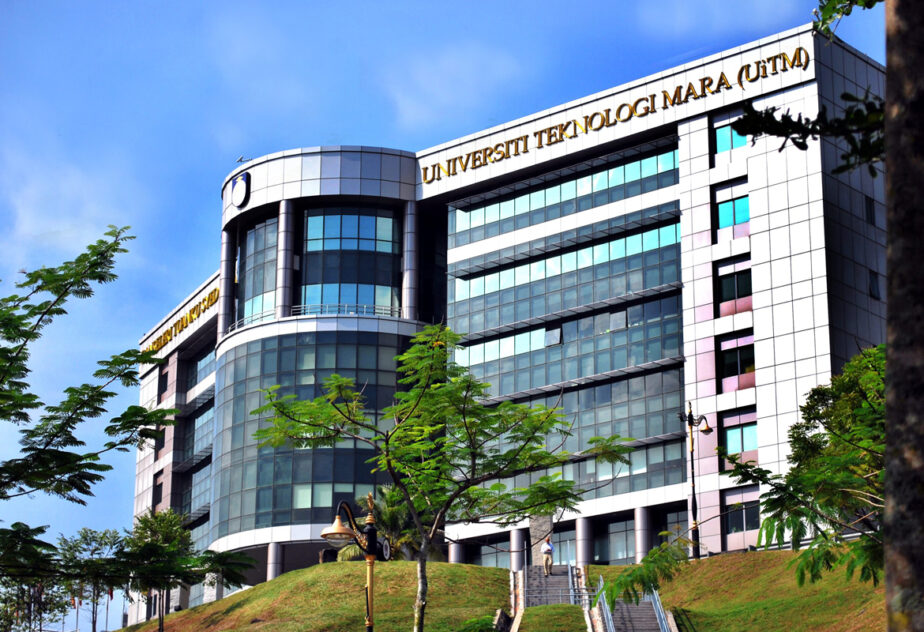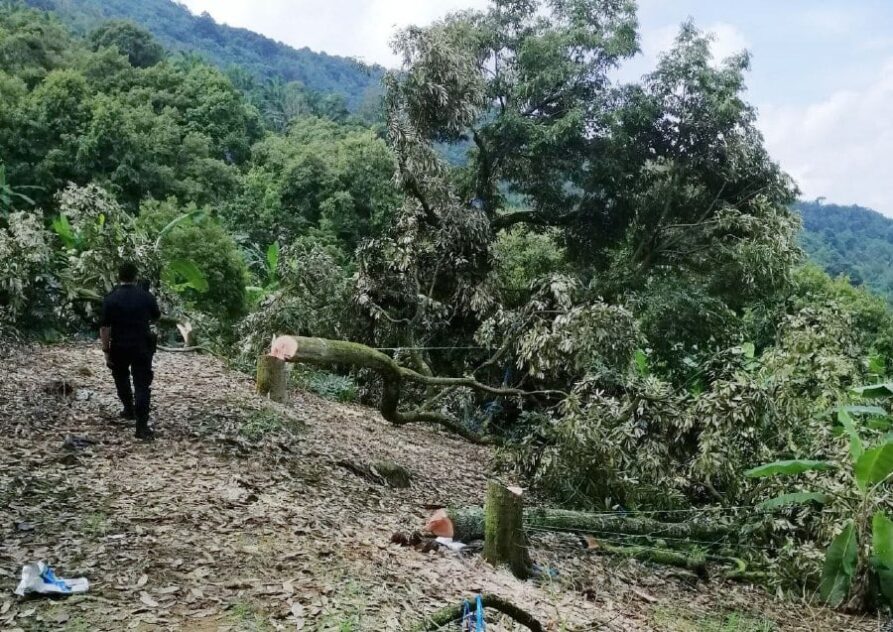THE discovery of Shanghai’s first case of the BA.5 COVID-19 sub-variant which culminated in more lockdowns over the weekend is poised to add more agony to the global economy which is struggling to cope with spiralling inflation and a likelihood of stagflation in the near future.
Set against the backdrop of geopolitical tension from the Russia-Ukraine conflict, this latest development, if deteriorates, will somehow reignite the reality that “when China sneezes, not only Asia – but the entire world – catches a cold”.
This is given Beijing is steadfast to tolerate some temporary impact on its economy than to let COVID hurt people’s safety and health – a stance propagated by President Xi Jinping – which contrasts that of many developed and developing economies which have since moved on to the endemicity phase.
Detected on Friday (July 8), the emergence of highly infectious sub-variant in China’s financial capital follows BA.5’s arrival in other cities – a development that could further test the country’s ongoing commitment to COVID Zero.
Nevertheless, the effect to economic/financial activities – if any – is unlikely to be as severe as during the height of the pandemic in 2020-2021 but do brace for intermittent disruptions to production lines, supply chain and weakening domestic consumption.
While the world’s second-largest economy has largely been spared the impact of a global surge in food prices stemming from the Russia-Ukraine conflict, the relative stability could be upended by rising pork prices – a staple meat in the country.
Official data showed Saturday (July 9) that China’s consumer inflation edged up in June with its consumer price index (CPI) having risen 2.5% year-on-year on the back of rising food prices as the costs of pork spiked due to tighter supplies.
It remains to be seen as to how Beijing intends to strike a balance between its strict COVID Zero policy and its economic growth target of around 5.5% this year although it has stepped up stimulus to create more jobs and bring down the elevated unemployment rate.
Back home, Malaysians should emulate Beijing’s resilience in its all-out battle to combat the spread of COVID-19 by taking ample prevention to safeguard themselves against infection especially in light of new strains such as the BA.5 that in the words of Health Minister Khairy Jamaluddin, “has possibly spread widely in Malaysia”.
“As of June 30, the Health Ministry has detected 13 Omicron sublineages which we are monitoring closely, including six BA.2.12.1 cases, five BA.5 cases and two BA.5.2 cases,” he told a media conference at the Parliament on Friday (July 8).
“This means that BA.5 is present in the country. These cases were found through genomic sequencing that was made on positive cases between May and June.”
Khairy added that BA.5 was the most transmissible version of COVID-19 to date compared with the BA.1 and BA.2 Omicron sub-variants.
“BA.5 can re-infect those who had been infected with the Omicron variant (because it has) immune-escape properties,” he explained. “That is why a good deal of re-infections happen in a short time.”
For the record, Malaysia’s daily COVID-19 cases breached the 4,000 mark on Saturday (July 9) with 4,020 cases from 3,451 a day earlier. The last tie the figure reached 4,000 was on April 24 with 4,006 cases. – July 11, 2022
Pic credit: Reuters










